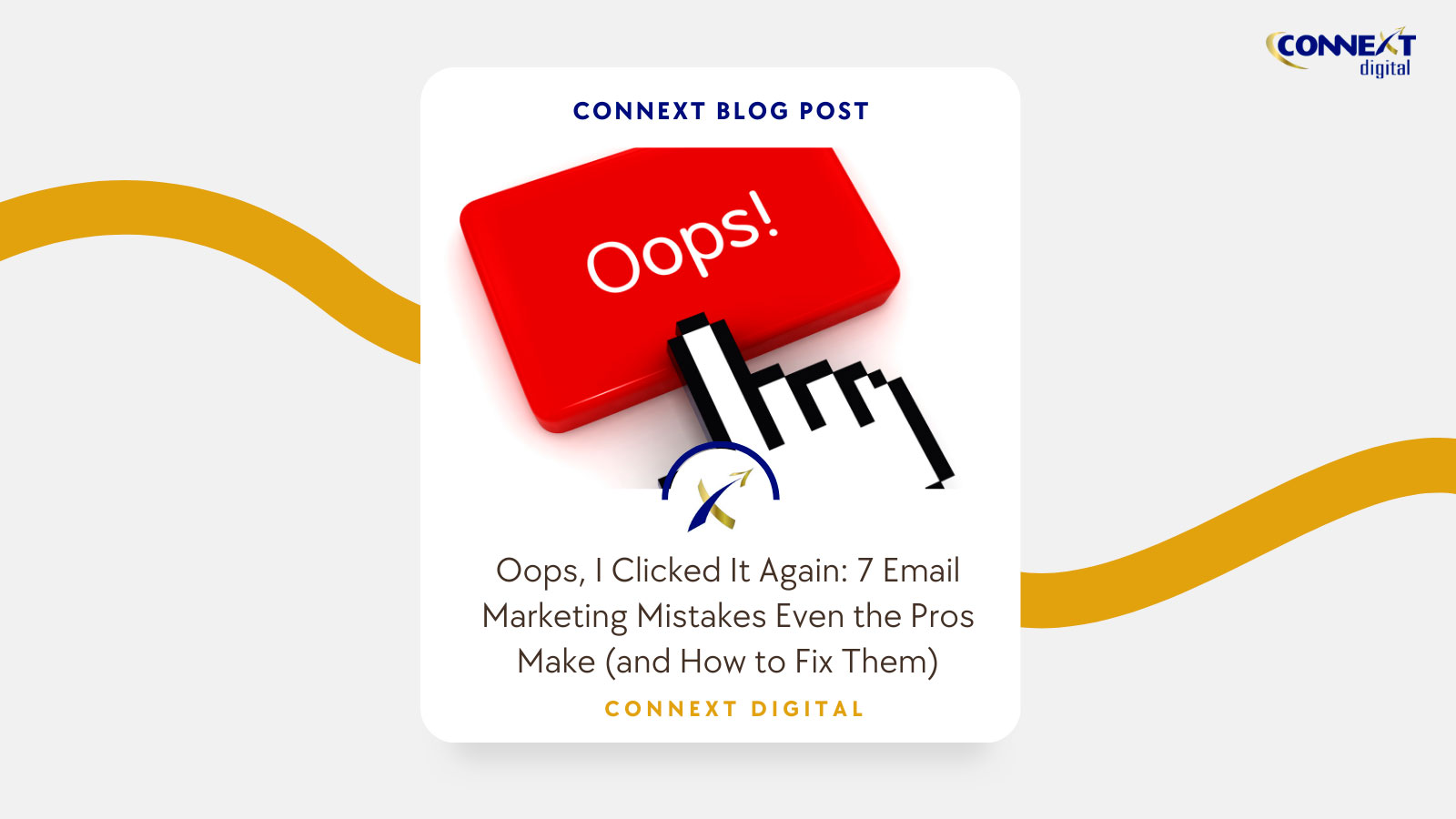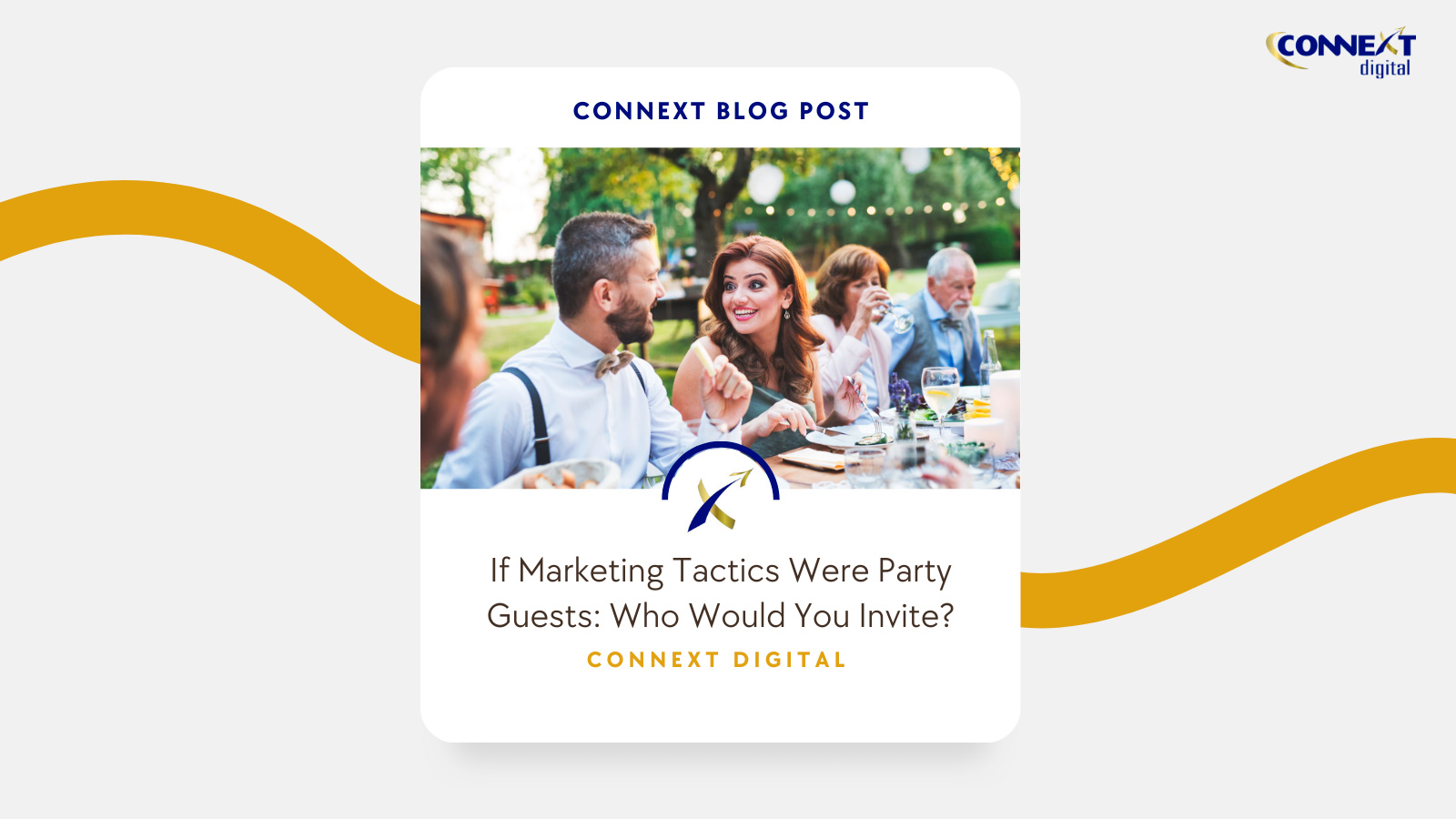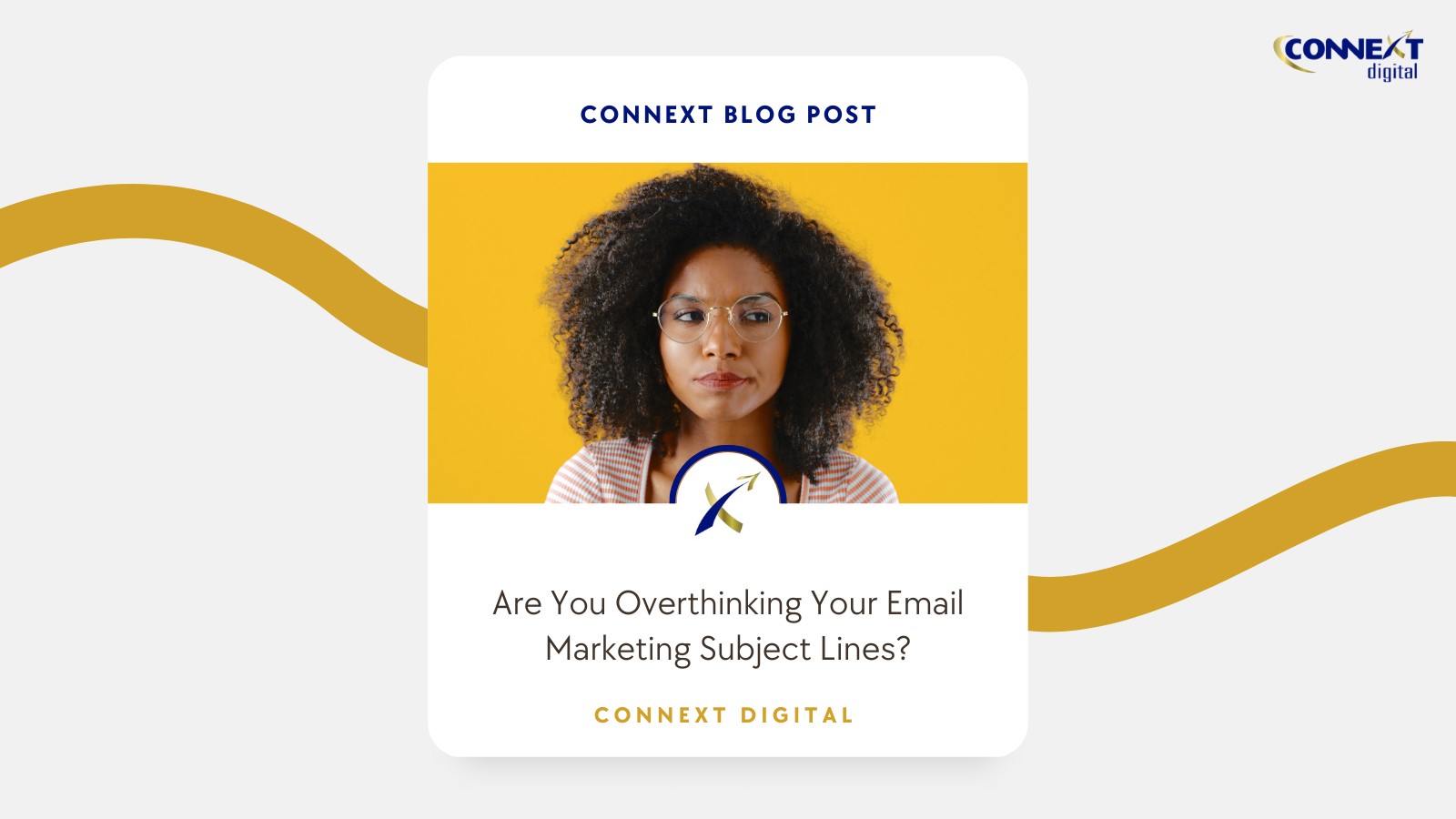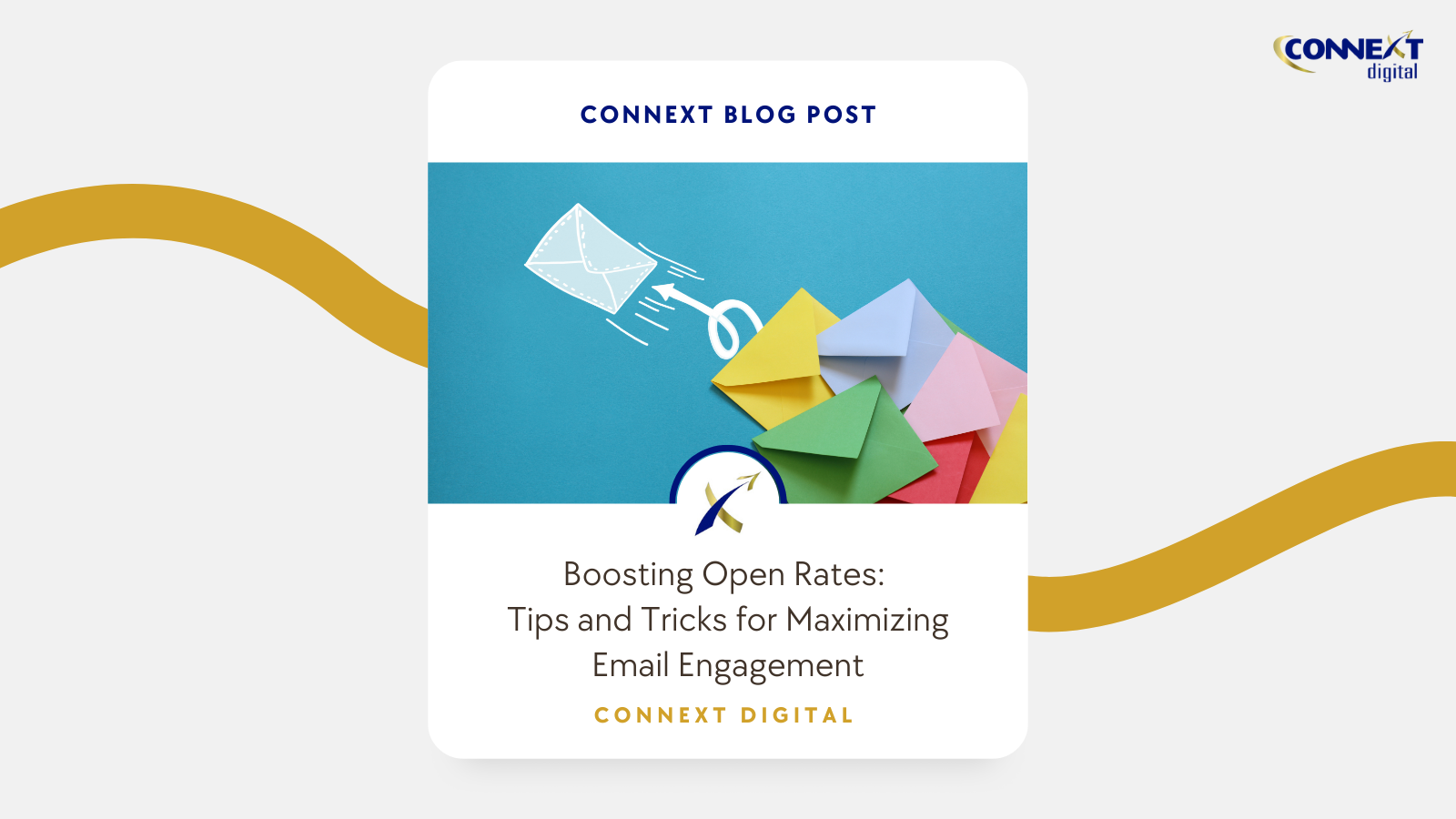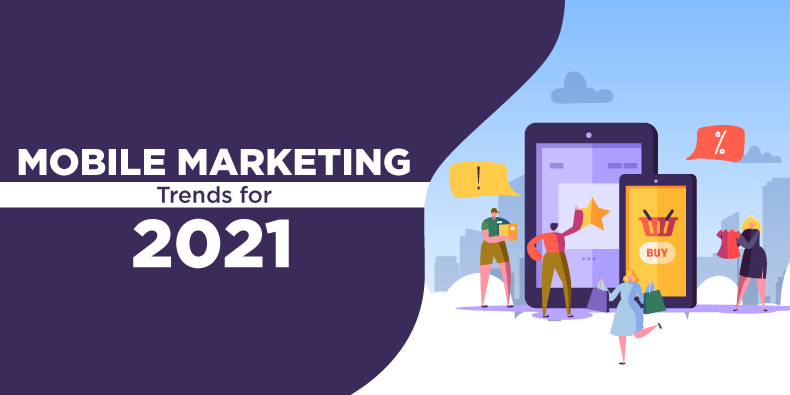
Mobile Marketing Trends for 2021
The transition from desktop computers to mobile devices as the primary means of accessing the internet has exploded in the last few years. In fact, there’s a good chance you’re reading this right now on your phone. The number of smartphone users is currently 3.5 billion worldwide and is expected to grow to 3.8 billion in 2021, which will represent a 52% increase in just five years!1 Shouldn’t your marketing efforts reflect this change in how we consume digital information?
COVID-19 and Consumer Habits
COVID-19 has impacted the way we work, socialize, learn, and communicate. As a result, we’re spending more time on our devices and using more apps. In 2021, the average US adult is projected to spend 3 hours and 54 minutes a day on a mobile device compared to 3 hours and 22 minutes watching television.2
Apps are now used for everything from work meetings to playing games. In the second quarter of 2020, mobile app usage grew 40% to an all-time high of over 200 billion hours during April. At the same time, consumer spending in apps was a record $27 billion with app downloads hitting a high of nearly 35 billion.3
Impact on Marketing
So, what does this mean for marketers? According to Forrester Research, we can expect brands to send consumers more emails, texts, and push notifications than ever before.4 The goal is to develop more direct relationships with customers during the pandemic and influence both the 51% of internet users who purchase products online with mobile phones and the 66% who use shopping apps on their mobile devices.2
Analysts say that we are likely to see increased spending on digital ads with the total amount equaling more than two-thirds of the expenditure for digital and traditional ads combined by 2023.2
With so many digital touchpoints available, mobile provides a great opportunity for you to connect and engage with customers in the coming year. To help you get started, our team compiled this list of the Top Mobile Marketing Trends for 2021.

Mobile Ads Including In-App & App Store Advertising
Look for more brands to use mobile advertising to reach consumers in the coming year. 60% of consumers click on mobile ads at least once a week, 20% make weekly purchases based off digital ads, and 66% remember a specific brand they have seen advertised on their mobile device.5
Due to their overall effectiveness, display ads will remain popular… with a catch. Now that web pages have become oversaturated with these ads, consumers have developed “banner blindness.” Banner blindness is a defense mechanism against information overload that affects 86% of consumers.6 What this means is that they are either consciously or subconsciously blocking out or ignoring anything that looks like a banner ad.
So how do you make sure your ads are seen? One way to overcome banner blindness is through unconventional ad placement, such as on the left side of the page above the fold. Another is to incorporate welcome ads that pop up when a visitor opens a web page. These ads can be designed to appear only once a day per user so that repeat visitors don’t have to keep seeing the same ad over and over again.
You can also reduce the risk of banner blindness by using Apple Search Ads to advertise your app in the IOS app store. With mobile ad engagement having risen by 15% over the past few months,7 in-app ads and app store ads can be a highly effective way to reach consumers.
Push Notifications
Push notifications – those messages that pop up on your mobile device when you least expect it – can be annoying when they are overused or don’t provide relevant information. However, they also a simple way to directly communicate with your customers, which is why more businesses will add them to their marketing strategies in 2021.
In contrast with SMS messages, push notifications are completely free to receive and the user knows exactly who they are coming from. In addition, 40% of users interact with push notifications within one hour of receiving them.8
Despite these advantages, caution is advised since users can simply turn off push notifications at any time. To keep this from happening, you should try not to overwhelm users with too many notifications. Moreover, you will need to enhance the user experience by sending notifications that you are sure will interest them. Some examples include timely and/or location specific updates, special offers, and unique content with relevant information.
Email on Mobile
With 92% of online adults using email and 99% of them checking their email every day,9 email marketing will be as important as ever for businesses in 2021. The main difference will be an increased focus on personalization and optimizing emails for mobile devices. At least 50% of emails are now opened on mobile devices, and 42.3% of people will delete an email if it is not optimized for mobile.9
As we discuss in our last blog, 10 Best Practices for Email Marketing, using consistent fonts and formats with single column width designs can help create a user-friendly experience across all devices and platforms. Since more and more users first open emails on phones and tablets, it’s essential to test your emails on mobile devices to ensure your message looks great on any screen.
People crave authenticity and don’t want to feel as though an email is coming from a robot. Personalization leverages data and information – including first names, purchase history, age, occupation. and location – to tailor emails to the needs and interests of individual subscribers. Since 74% of people get frustrated with email content that is irrelevant and has nothing to do with them,9 personalization is key to an effective email marketing campaign.
Gamification
Gamification is all about applying the elements of game playing to your marketing strategy. By offering fun activities with incentives to continue playing, you can drastically improve engagement and create a bond with your customers. Additional benefits include a reduced risk that consumers simply scroll past your content and higher conversion rates since consumers are motivated to complete tasks for some type of reward.
While gamification involves considerable planning and effort to put into place and execute, the payoff can be tremendous. For example, Verizon Wireless boosted browsing time by 30% among half of their visitors by “gamifying” their website with points and badges. Volkswagen China used gamification to make their crowdsourcing project go viral, receiving over 33 million hits and nearly 120,000 idea submissions.10 With so many success stories, we anticipate more brands to try their hand at gamification in 2021.
Video
Viewing and sharing videos on our phones is easier and more popular than ever and marketers have definitely taken notice. Videos are not just fun; they provide a powerful platform to educate consumers about your products and tell your brand story. When done right, videos create unmatched levels of engagement, helping to drive consumers to your website, build brand loyalty, and influence purchasing decisions.
In 2021, we are going to see marketers push out more video content to satisfy the demands of mobile users. Videos already make up 63% of all mobile traffic and some experts believe that more than 75% of all mobile-friendly content will come in the form of videos by 2025.11 On top of that, mobile is set to be the dominant channel by which viewers consume video.12
When creating videos for your brand, it’s important to start by defining the purpose of your video, the audience you hope to reach, and the message you want to communicate. Remember to make your videos both informative and entertaining, consistent with your brand identity, and above all, mobile-friendly.
Success with Mobile
The pandemic has accelerated the move towards incorporating more mobile advertising into marketing strategies. Staying up with the latest trends will help your brand better connect with your mobile audience. Mobile offers a variety of ways to reach consumers, and an integrated marketing approach will create multiple touchpoints to increase engagement, brand awareness, click-throughs, and lead generation.
As mobile marketing continues to expand in the coming year, your brand needs to be prepared to create successful campaigns for small screen consumption. At Connext Digital, we can help you develop a complete mobile strategy combining mobile and in-app advertising, email marketing, and data-enhanced solutions. Contact us today to see how we can help you reach your mobile marketing goals in 2021.
1https://www.statista.com/statistics/330695/number-of-smartphone-users-worldwide/
2https://www.oberlo.com/blog/mobile-usage-statistics
3https://techcrunch.com/2020/07/09/coronavirus-impact-sends-app-downloads-usage-and-consumer-spending-to-record-highs-in-q2/
4https://www.cnbc.com/2020/10/23/expect-more-brand-emails-and-texts-than-ever-before-in-2021.html
5https://www.businesswire.com/news/home/20180725005997/en/Opt-In-Video-Advertising-is-Preferred-Ad-Choice-for-Consumers-According-to-New-Nationwide-Survey-Adoption-May-Deter-Ad-Blocking
6https://neilpatel.com/blog/your-ads-are-getting-ignored-5-smart-strategies-to-overcome-banner-blindness/
7https://splitmetrics.com/blog/mobile-marketing-trends-whats-next/
8https://medium.com/udonis/top-11-mobile-push-notification-providers-for-boosting-app-engagement-2020-…
9https://optinmonster.com/email-marketing-statistics/
10https://optinmonster.com/gamification-in-marketing/
11https://builtin.com/expert-contributors/mobile-marketing-trends
12https://www.thedrum.com/opinion/2020/04/06/why-mobile-app-advertising-the-future

